How to sound like a pro artist in your DAW
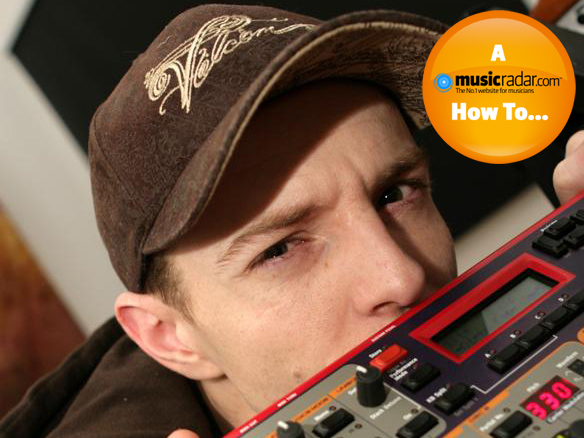
37 artist tutorials
Whether you want to create a beat like Burial’s, a bass sound like The Prodigy’s or - what the hell - a synth patch like Van Halen’s, MusicRadar has a step-by-step software tutorial for you.
Now, and for the first time, we’ve brought all of our artist-inspired walkthroughs together in one place, so when you want to learn how to get that pro sound on your Mac or PC, you’ll know exactly where to come.
Have a browse through the thumbnails below, pick an artist and start programming!
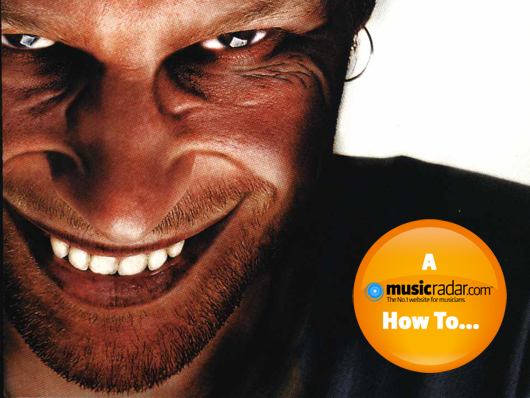
How to make Aphex Twin-style demonic vocals
We're going to use resampling and some heavy processing (distortion, white noise, vocoding, EQ and more) to turn a common or garden vocal line into something really rather sinister.

How to make a Beyoncé Single Ladies-style beat
In Single Ladies (Put A Ring On It), Beyonce and producers Christopher "Tricky" Stewart and Terius "The Dream" Nash created one of the most memorable beats of 2008. We're going to show you how to create something that sounds similar in your DAW.
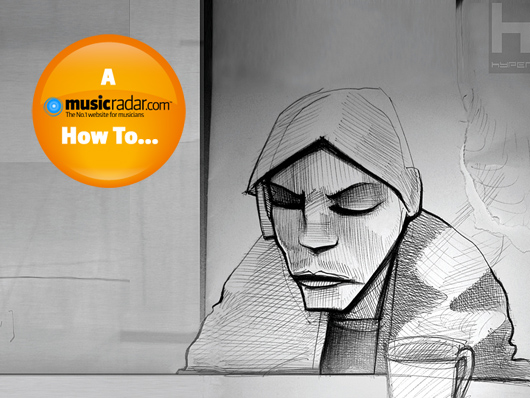
How to make a Burial-style beat
It’s said that Burial doesn’t use a traditional sequencer, preferring to create his tracks in Sony’s Sound Forge audio editor. This means that his tracks don’t rigidly fit to a regular grid. We can do the same in a DAW - in this case we’re, going to use Reaper - by turning off snap…
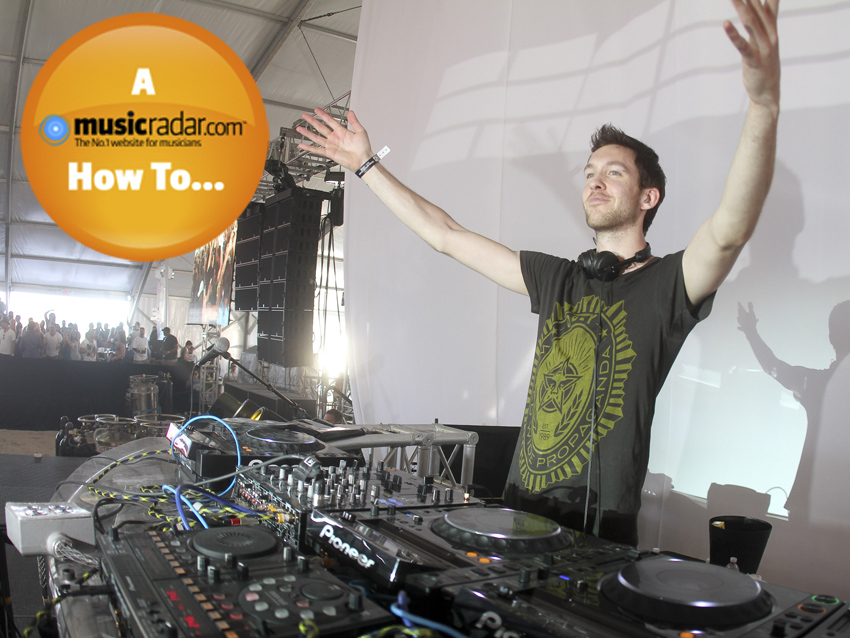
How to make Calvin Harris Bounce-style synth sounds
For this sound, we are using two opposing factors: a monophonic pulse-width lead that’s drenched in reverb and a completely dry square wave polyphonic lo-fi sound. Watch the video and then check out the step-by-step tutorial.
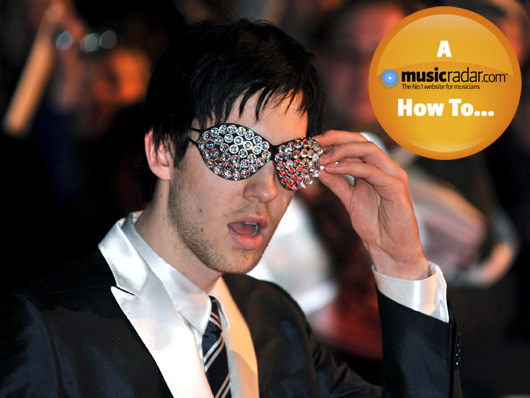
How to make a Calvin Harris-style '80s lead synth sound
The kind of lead synth sound that was ‘acceptable in the 80s’ is relatively easy to program - the quality of the sound will depend on the synth that you use to create it. We’ve going to play it safe and go for the mighty Z3TA+…
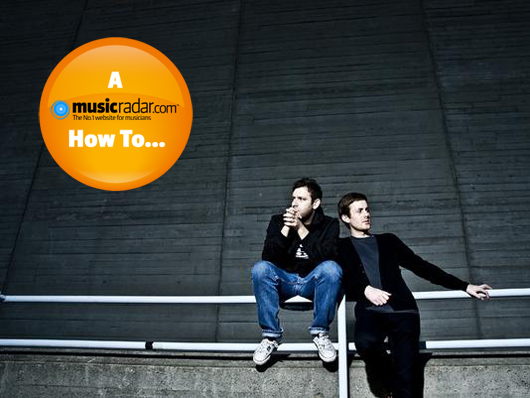
How to make a Chase & Status-style synth sound
We’re going to make a gated synth sound similar to the one you’ll hear in Chase & Status’s Smash TV, which is taken from their 2008 album More Than Alot. We’re using Native Instruments Massive.
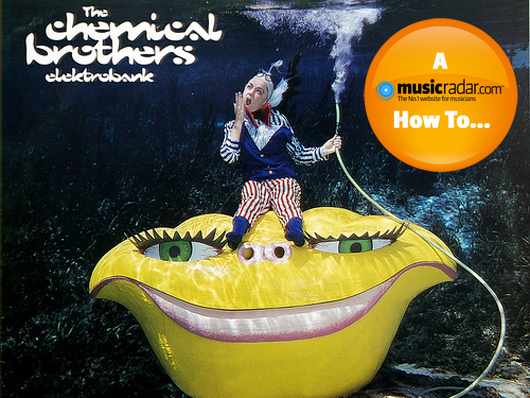
How to make a Chemical Brothers Elektrobank-style 'spinner' sound
At a guess, we’d say that this sound from The Chemical Brothers’ Elektrobank, a single from 1997, started life as a sample subjected to some serious processing (listen to it panning around your head from about 1:47 here). It’s a complex sound and we don’t have the space to create a perfect clone, but we can cobble together a quick facsimile using Green Oak’s free Crystal synth.
How to make a Chemical Brothers Elektrobank-style 'spinner' sound

How to remix a breakbeat track with Ctrl-Z
In this tutorial, Tommy Dash of production duo Ctrl-Z shows you how they remixed The Freestylers’ classic Ruffneck (listen to it on the Ctrl-Z MySpace page).
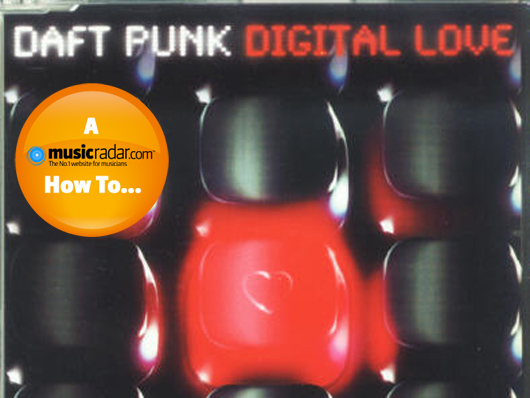
How to make a Daft Punk-style synth guitar sound
A great deal of the character of the classic Daft Punk synth guitar sound comes from the processing the synth is subjected to, and Logic Express comes packed with plenty of excellent plug-ins. Let's use some of them to create a Strat-ospheric tone...
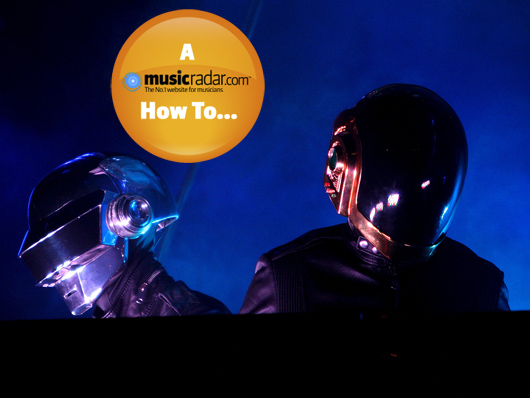
How to make a Daft Punk One More Time-style vocal effect
You know exactly the effect we’re talking about - find out how to create it in Apple’s Logic DAW.
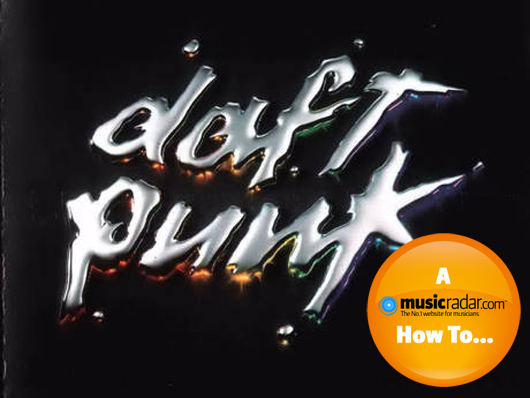
How to make Daft Punk-style voice effects
Originally released in 2001 Daft Punk's Harder, Better, Faster, Stronger was introduced to a whole new audience when Kanye West sampled it for his hit single Stronger in 2007. We're going to show you how to recreate the sound of the song's distinctive vocal effects in Reason 4.
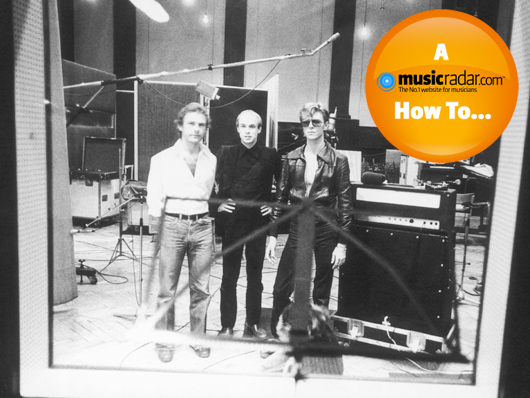
How to make a David Bowie Heroes-style guitar sound
There can be few guitarists whose craft and creativity matches that of Robert Fripp. The so-called ‘Spock of Rock’ has more than a few distinct sounds and techniques associated with his name, and the sustained guitar on David Bowie’s 1977 hit Heroes is one of them. We can achieve a similar sound with software

How to make a Deadmau5 Faxing Berlin-style synth sound
To get the kind of progressive house sounds used in Faxing Berlin and other Deadmau5 tracks, you’ll need a virtual analogue synth. We’re going to use ZebraCM, which you’ll find on the Computer Music magazine cover DVD every month, but these techniques can be applied to other instruments, too.
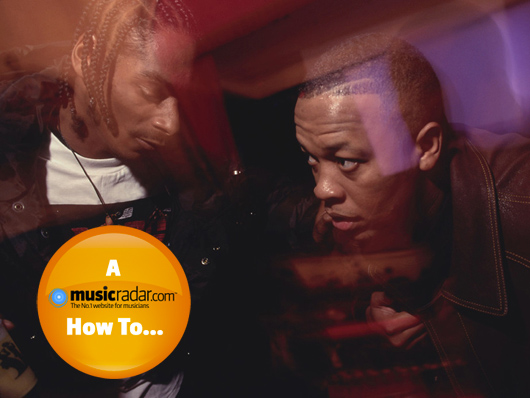
How to make a Dr Dre Gin & Juice-style lead sound
Produced by Dr Dre, Gin & Juice is a G-Funk classic from Snoop Doggy Dogg’s debut album Doggystyle. We’re going to show you how to recreate its squealing lead line using LinPlug’s Predator synth.

How to make a The Edge-style guitar sound in GarageBand
Using just GarageBand’s built in amps and effects, we’re going to take a simple, clean guitar part and make it more interesting through the use of delay in the style of U2 guitarist, The Edge.
The Edge’s delay technique has been at the centre of U2’s sound for years, and it’s been adopted by many other bands for good measure. Read on to find out how to recreate it.

How to make a Foamo-style fidget house bassline
Creating a typical Foamo-style bassline is possible in most virtual analogue synths. We’re going to use Lennar Digital’s Sylenth1.

DJ Fresh: how I made the drums for Louder
DJ Fresh might be a new name to many, but he’s actually been in the game for a very long time. Cutting his teeth on the ‘90s drum ’n’ bass scene, Fresh (real name Dan Stein) gained notoriety as part of the ground-breaking Bad Company.
After setting up the highly regarded Breakbeat Kaoss label with Adam F, and embarking on a string of solo projects that saw him working with artists ranging from the Pet Shop Boys to Pendulum, it was pretty much only a matter of time before he found his own chart success. That day came in August 2010, when he made his first impact on the UK charts with the sprightly, electro-infused DnB track Gold Dust.
One luxurious vocal dubstep track later, DJ Fresh got a richly deserved number one with Louder - a track set to be ringing out right through the summer and beyond.
In this tutorial, he explains how he created the song’s kick-ass drums.
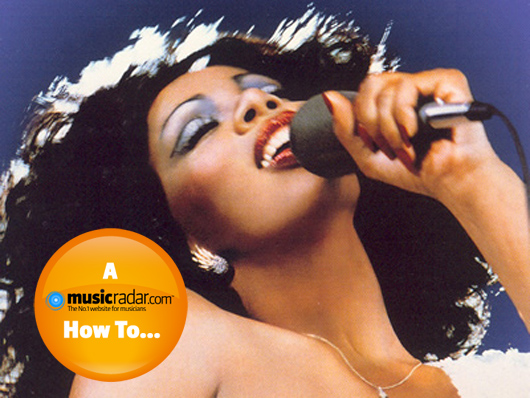
How to make a Giorgio Moroder-style bassline
Donna Summer's I Feel Love is frequently cited as one of the greatest dance records of all time, and its bassline one of the most influential sounds. Italian producer Giorgio Moroder was the mastermind behind the 1977 song - we're going to emulate its trademark bottom end using Reason 4's mighty Thor synth.

How to make a Justice-style bass sound
Justice’s throbbing bass is one of the duo’s signature sounds - it can be heard throughout their debut album Cross. We’re going to show you how to create something similar on your Mac or PC, and we’ll be doing it in a piece of software that you can download for free.

How to make a Kanye West Stronger-style synth sound
Kanye West hit big in 2007 with his Daft Punk-sampling single Stronger, but it wasn't just robotised vocals that helped its cause. The '80s-style synth sound was equally important, and we're going to create something similar using ZebraCM, the synth that's included on every Computer Music magazine cover DVD. The same techniques can be used in other synths, too.

How to make a The Lonely Island (feat. Akon) I Just Had Sex-style synth sound
The analogue synth sound from The Lonely Island (feat Akon)’s I Just Had Sex is made by running white noise through a filter and sweeping the filter’s frequency with an envelope modulator. In this case, it’s layered with another, similar patch. We can do this using a modular host such as energyXT2, and a freeware synth like TALElek7ro from Togu Audio Line.
How to make a The Lonely Island (feat. Akon) I Just Had Sex-style synth sound
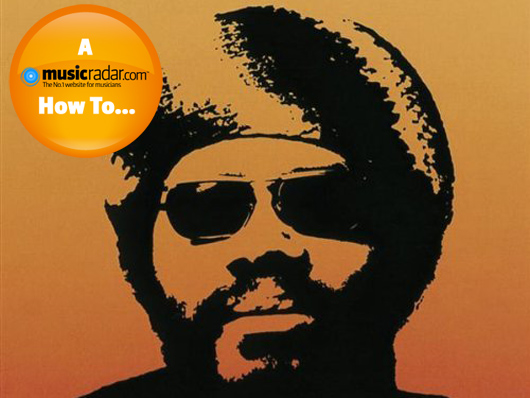
How to make a Lonnie Liston Smith-style piano sound
To get the silky, soulful sound of the great Lonnie Liston Smith, you’ll need some kind of electric piano instrument, such as the classic mda ePiano or, as we’re using here, the Electric Piano patch included with Ultimate Sound Bank’s freely downloadable UVI Workstation.
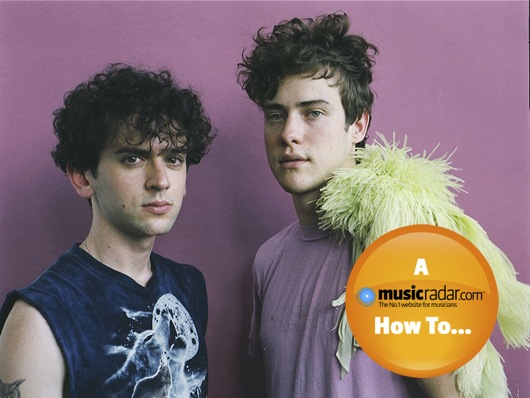
How to make an MGMT Kids-style synth sound
There is more than one version of the song in question, so we're aiming at something that fits the original mix, but with some of the character of the remix. Fire up ZebraCM (this comes on every Computer Music cover DVD), stay with the default patch and we'll get going.

How to make a Muse Map of the Problematique-style guitar sound
The guitar effect on Map of the Problematique was created by routing guitar parts through various analogue synth and pitchshifter chains. If you don’t have such luxurious kit at your disposal, though, you can still get the sound. The most convenient software to do it with is Native Instruments’ Guitar Rig 3.
How to make a Muse Map of the Problematique-style guitar sound

How to make a Noisia Diplodocus-style old-skool bass sound
Diplodocus uses an assortment of different bass sounds, but we can approximate their synthesis techniques to build something of the same ilk. We’re going to use LinPlug’s Albino 3 to create some low, gritty textures, then filter them into thoroughly obnoxious phrases.
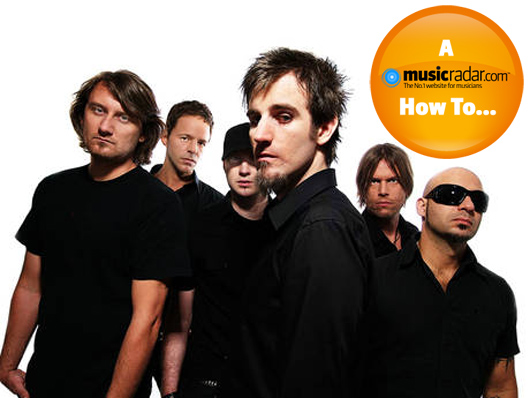
How to make Pendulum-style 'live' DnB drums
Pendulum are proving to be a big draw on the festival circuit, and it's easy to see why. Their marriage of drum 'n' bass beats and rock stylings is putting audiences in a frenzy - we're going to show you how to reproduce their powerful drum sound.
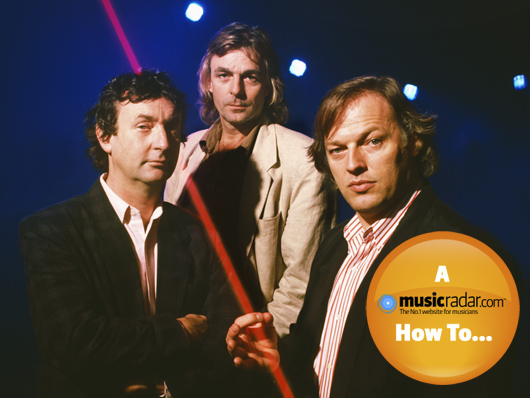
How to make a Pink Floyd-style lead synth sound
Pink Floyd's Welcome To The Machine is actually built on a pulsing sound from an EMS VCS 3, but it's the track's soaring lead synth that we're going to emulate here. We're using Logic's ES2 for programming purposes, but the techniques can be applied to other instruments.
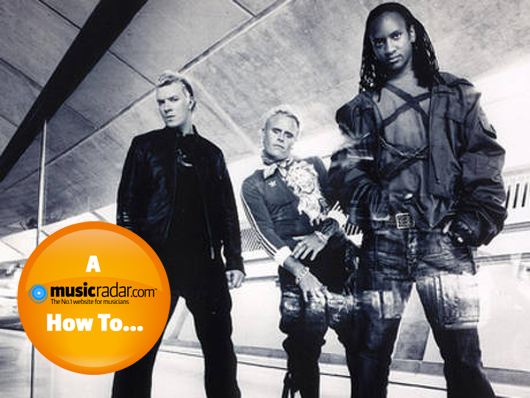
How to make a Prodigy Breathe-style bassline
Released in 1996, Breathe was the second single to be taken from The Prodigy's The Fat Of The Land album and a massive worldwide hit. The song's churning bassline is one of its standout components - we're going to show you how to create something similar.
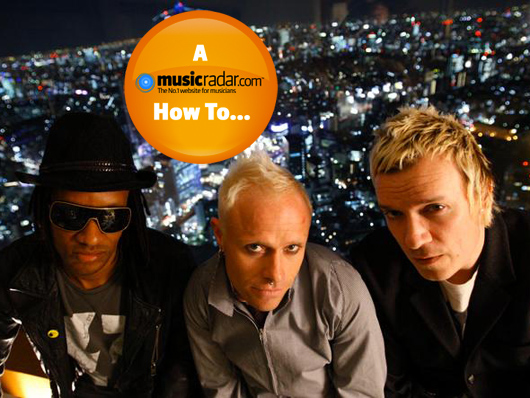
How to make a Prodigy Voodoo People-style lead sound
Voodoo People's dirty lead sound isn't one that you'd take home to meet your mother, but it's certainly a useful patch to have in your locker. We're going to recreate it using Novation's classic V-Station synth, a demo of which can be downloaded here. The techniques shown can also be applied to other instruments, though.
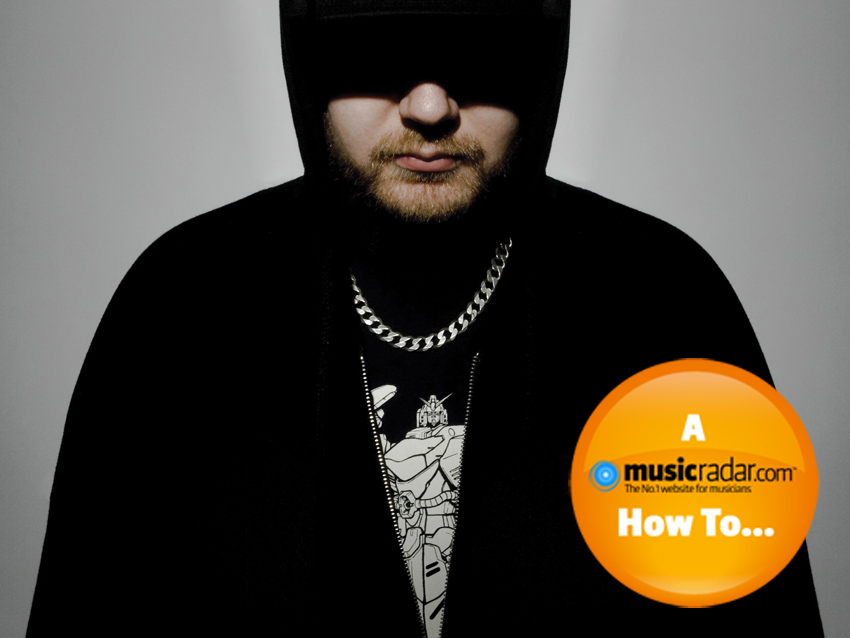
How to make big dubstep/DnB beats with Reso
Reso - aka Alex Melia - has only been releasing music for a few short years, but he’s quickly established himself as one of dubstep’s top filth-mongers. Recently, he’s branched out into DnB, spinning out tracks such as Slap Chop on Hospital Records and a tearing 170bpm remix of The Qemists’ Your Revolution.
In this tutorial, Alex takes us through his method of creating huge dubstep/DnB beats.

How to make a Rihanna S&M-style synth sound
We’re going to recreate that big stack synth sound that sits alongside the very basic drum track in Rihanna’s 2011 single S&M.
The key to the sound is the synth technique of Pulse Width Modulation (PWM). In the realm of analogue synthesis, this is most often applied to an oscillator’s square wave, effectively changing the width of the ‘square’ under control of a modulation source. If this modulation source is an LFO with its rate pushed up to around 5Hz, then there is a noticeable thickening - much like doubling a sound.
For this example we’ve turned to Arturia’s Jupiter-8V to deliver the starting point. A key aspect of the riff is that the bass follows the higher elements, and for this we’ve added some low-end from TAL’s NoiseMaker (a good free synth). Further layering is achieved with Steinberg’s Prologue (another analogue-style synth), and this is all topped-off with some reverb, compression and a little overall dynamic control.
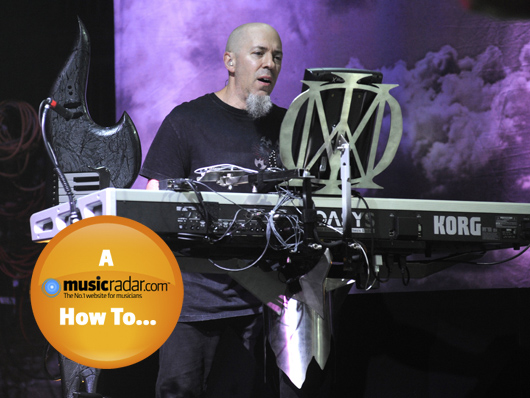
How to make a Jordan Rudess-style lead synth sound
Whipping up a proggy lead such as those used by Jordan Rudess in his Liquid Tension Experiment side-project is pretty simple, and can be done using nothing more than a bit of freeware. We’re going to use LinPlug’s AlphaCM, which you can find on the Computer Music magazine cover DVD every month. Alternatively, go and download Free Alpha 3, which is very similar.

How to make a dubstep track with Rusko
Rusko always begins his tracks by creating a drum pattern, and Rat Track, the dirty dancefloor beast that we’re dissecting here, is no exception.
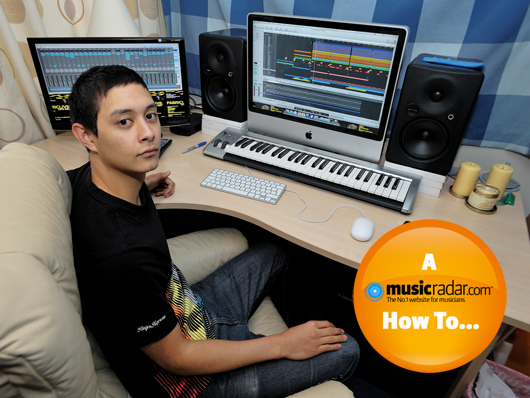
How to make a dubstep track with Subscape
Subscape, also known as Anthony Peters, is one of the dubstep scene’s fastest-rising stars. With his first release on Caspa’s Dub Police label in 2008, he’s quickly garnered a reputation for creating deep, dark tracks with sky-high production values. He shows us how he created his track Nothing’s Wrong.

How to make a Tiësto-style Dance 4 Life stab sound
The detuned stab in Tiësto's Dance 4 Life gives the track that extra bit of grit and really cuts through the mix. We're going to show you how to recreate the sound in LinPlug's Albino 3, a demo of which can be downloaded here.
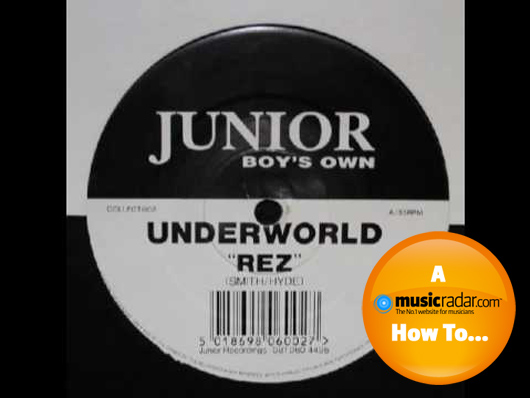
How to make an Underworld Rez-style lead synth sound
We’ve had more than a few requests for this one over the years. We’re not sure about the exact gear Underworld used when they were making Rez, but we do know that the boys have long counted an ARP 2600 and an OSCar among their synths. Both would be suitable choices, though the screeching sound of the OSCar’s filter being overdriven makes us think that GForce’s impOSCar might be a good place to start...

How to make a Van Halen Jump-style synth sound
Love it or hate it, the synth sound from Van Halen’s Jump is something of a classic. It’s also been a staple of synthesizer factory preset banks for decades. If you don’t have the sound on hand, though, it’s easy to create using any decent analogue soft synth, including AlphaCM, which is included on our sister magazine Computer Music’s cover DVD every month.

MusicRadar is the internet's most popular website for music-makers of all kinds, be they guitarists, drummers, keyboard players, DJs or producers.
GEAR: We help musicians find the best gear with top-ranking gear round-ups and high-quality, authoritative reviews by a wide team of highly experienced experts.
TIPS: We also provide tuition, from bite-sized tips to advanced work-outs and guidance from recognised musicians and stars.
STARS: We talk to artists and musicians about their creative processes, digging deep into the nuts and bolts of their gear and technique. We give fans an insight into the actual craft of music-making that no other music website can.